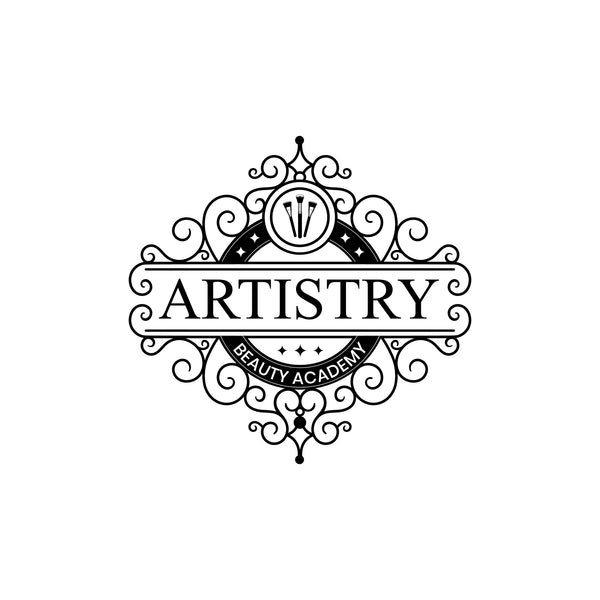
Hair Removal: The Makeup Artist’s Guide to a Flawless Canvas
Share
As a makeup artist, I’ve come to appreciate the importance of a smooth, hair-free surface for achieving a flawless makeup application. Hair removal isn’t just about aesthetics; it’s about creating the perfect canvas for makeup to adhere to and look its best. From facial to body hair removal, understanding different methods and their effects on makeup can significantly impact the final result.
Why Hair Removal Matters for Makeup
A hair-free surface can make a world of difference in how makeup applies and performs. Unwanted facial hair, often referred to as peach fuzz, can create a subtle texture that causes foundation and other products to cling unevenly, leading to a cakey or patchy appearance. By removing this fine hair, makeup goes on more smoothly, allowing for an even application and a more polished finish. Additionally, hair removal can help with better blending of products, as there are no tiny hairs to disrupt the process.
Popular Hair Removal Methods
1. Waxing: This method involves applying a layer of wax to the skin and then removing it, taking hair with it. Waxing is effective for both facial and body hair and provides longer-lasting results compared to shaving. For facial hair, hard wax is typically used due to its gentleness on sensitive skin. For larger areas like the legs or arms, soft wax can be used. One important tip is to wait 24-48 hours post-waxing before applying makeup to allow the skin to settle and avoid irritation.
2. Threading: This technique uses a twisted thread to pluck hairs from the follicle. It’s highly precise, making it ideal for shaping eyebrows and removing fine facial hair. Threading is less irritating than waxing for some individuals and can be a good option for those with sensitive skin.
3. Shaving: While often considered less long-lasting, shaving is a quick and painless method suitable for body hair. For the face, using a dermaplaning tool or facial razor can remove peach fuzz and exfoliate dead skin cells. This can help in achieving a smoother makeup application, though it requires more frequent maintenance compared to waxing.
4. Depilatory Creams: These creams dissolve hair at the skin’s surface and can be used on various body parts. They are quick and easy to use but may cause irritation for sensitive skin types. It's essential to do a patch test before applying depilatory creams to avoid adverse reactions.
Preparing and Maintaining Post-Hair Removal
Proper preparation and aftercare are crucial for maintaining skin health and ensuring a flawless makeup application. Before hair removal, ensure the skin is clean and free from makeup or oils. Post-treatment, use soothing products like aloe vera gel or hydrating serums to calm the skin and reduce redness.
Avoid using harsh exfoliants or heavy makeup immediately after hair removal, as the skin can be more sensitive. Allowing the skin to recover ensures that makeup applies smoothly and evenly.
In the world of makeup artistry, hair removal is more than a cosmetic choice; it’s a practical step in preparing a flawless canvas for makeup. By understanding different hair removal methods and their impact on makeup application, I can help clients achieve a smoother, more refined look. Whether opting for waxing, threading, shaving, or depilatory creams, the right hair removal technique can enhance the overall makeup experience and ensure a polished, professional finish.
